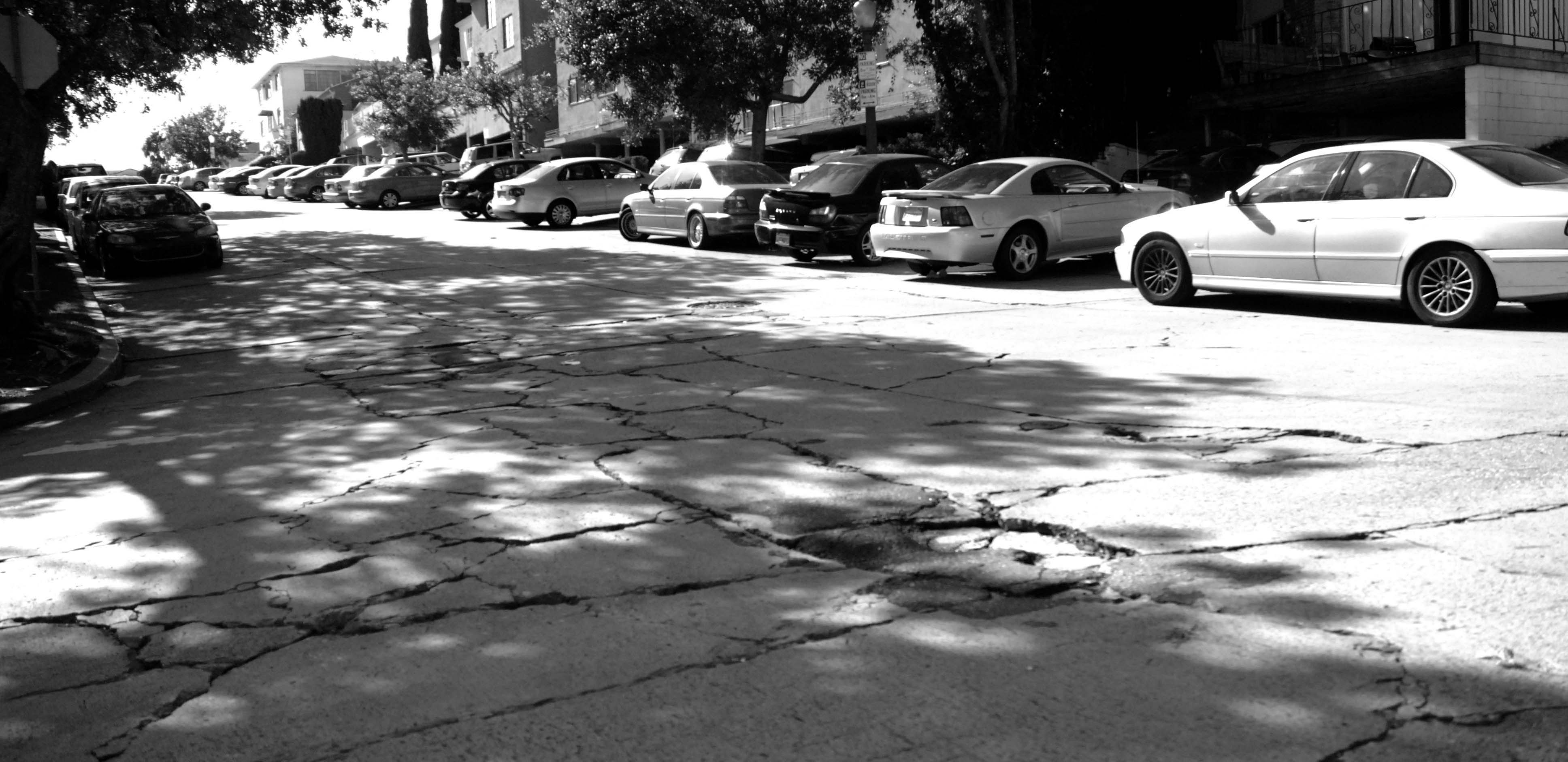Westwood is crumbling.
Empty storefronts, Swiss cheese roads and homelessness have come to characterize what was once one of Los Angeles’ premier city centers.
These are the problems that face the newly minted Westwood Neighborhood Council, and they will certainly pose challenges to its mission of “find(ing) solutions to common problems, advanc(ing) the quality of life, and promot(ing) the common good of its stakeholders.”
It’s mostly unpatriotic to say “America is crumbling,” but one can’t argue with the fact that a whole host of “problems” are plaguing our country. And despite what former Rep. Thomas Tancredo, R-Colo., said, the lack of voting literacy tests isn’t one of them.
In many ways, these are the same problems facing Westwood.
The extended metaphor begs itself: our “college town” is a microcosmic window into the ills of this nation, and the way out of this conundrum of complicated problems is the same for both the country and the little sort of-city.
Among the most basic and important issues facing both the local community and the nation are infrastructure, health care and unemployment.
Infrastructure can sometimes be a big word that means nothing more than good roads, solid bridges and up-to-code buildings. In Westwood, good luck means making it a block or two without falling into a cavernous pothole or divot, some of which seem to run a whole foot deep.
After the infamous Mississippi River bridge collapse of 2007, media reports were ripe with statistics about the fallibility of the nation’s transportation system. That particular bridge was rated as “structurally deficient” in 1990 by the Minnesota Department of Transportation (a rating of 4 or less out of 9).
In 2007, 1,160 bridges shared this rating ““ in Minnesota alone.
America must realize that infrastructure is vital to a functioning system. In Westwood, residents and the WWNC must push for actually getting a “Subway to the Sea” stop in Westwood. It should also look forward to proposals aimed at making sure West L.A. residents have ease of access to the high-speed rail that will be built in the first half of this century.
The council should push for a repair of the area’s roads while subsidizing the construction of buildings on seemingly abandoned lots such as the one on the corner of Gayley Avenue and Le Conte Avenue (the corner east of the Chevron station) and the one where the movie theater on Gayley Avenue and Lindbrook Drive used to be. It should probably also campaign to stop the destruction of landmarks such as the National Theatre which used to stand where the latter lot is now.
The Obama administration must similarly focus on transportation development and infrastructure as avenues to simultaneously increase employment and improve the aesthetics and accessibility of countless local communities throughout the country.
It is callous to talk about health care without mentioning the indigent issue in Los Angeles (and Westwood). According to the Los Angeles Homeless Services Authority (LAHSA), an estimated 43,000 people are homeless in the city on any given night. The good news is that that number, polled in 2009, has decreased 38 percent since 2007. But with today’s economic climate it is likely that homelessness has increased a fair amount.
Both Westwood and the country must move rapidly toward effective, honest medical reform. Wealth should not be a requisite for health.
In Los Angeles County, sales taxes are already high, and the city is still broke. Better tax management (income and sales) and a tiered repealing of the Bush administration’s tax cuts could be mandated as solely health care funds, but it’s foolish to pretend that pork barreling and loophole threading wouldn’t complicate this issue.
Unemployment is often a side effect of both economic downturn and upturn. That is, as the economy slides and companies can’t afford to pay for health care and other basic costs, jobs are lost. To state the obvious converse, economic growth facilitates hiring.
The interesting part is that hiring is often the defibrillator in a stale recession such as ours. What better places, then, to find new jobs than in the rebuilding of Westwood’s roads, the nation’s bridges, or for stores that can fill empty, unleased buildings lining Westwood Boulevard?
This has been the sometimes ill-explained justification for a part of the stimulus. An eastbound trip down Sunset Boulevard will acquaint one with signs boasting projects paid for by the “American Recovery Act.”
Of course, it was also the logic behind FDR’s Public Works Administration, which was in large part responsible for sparking the Great Depression economy back to life.
The WWNC should follow the Obama administration’s example and lobby both city government and the state of California for the funding necessary to bestow a rebirth upon Westwood’s streets and storefronts. With greater ease of access will come a larger consumer base, and with customers come businesses eager for the business.
It is clear that these three topics are an expensive prescription. With the WWNC’s meager $45,000 budget, it is unlikely that it alone could fund a single block of repaving.
Similarly, the federal government of trillion-dollar deficit infamy is more than broke and suffering from the usual decline in taxpayer support (both of which are paid in faith and earnings).
Both must work with all possible partners to advance these goals, for they are critical in establishing a way out of economic malaise and into a period of viable, secure economic standing.
If all else fails, the least we can expect are a few streets in Westwood that won’t flatten a tire that traverses them at more than 20 miles per hour.
E-mail Makarechi at kmakarechi@media.ucla.edu. Send general comments to viewpoint@media.ucla.edu.
